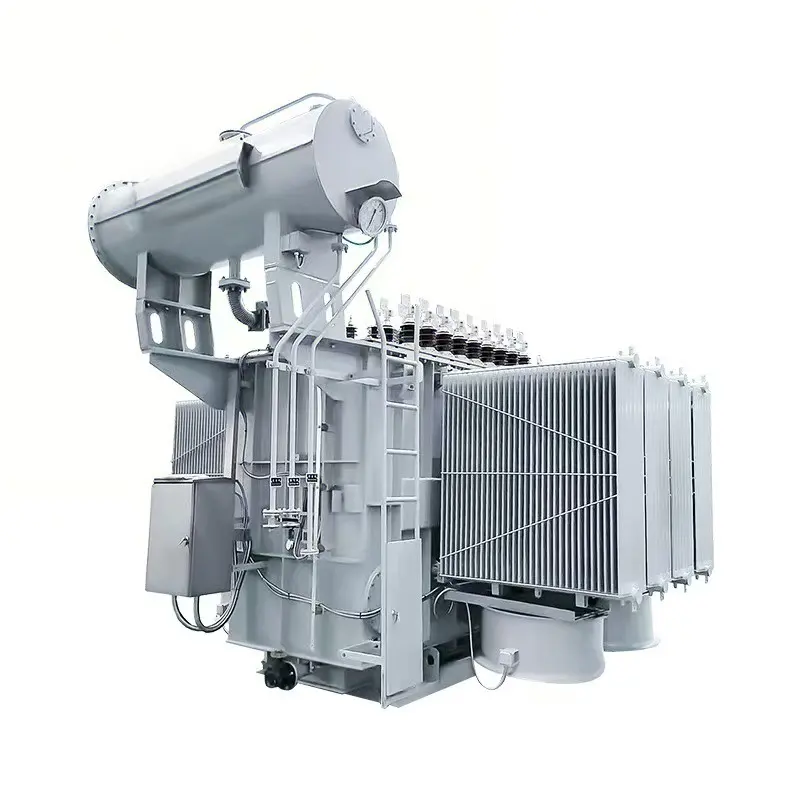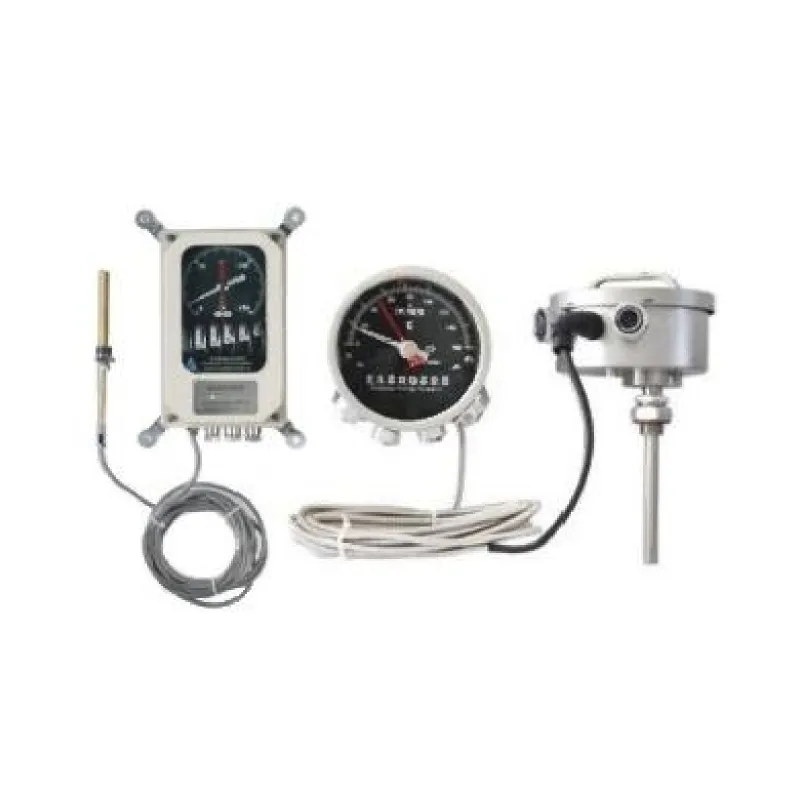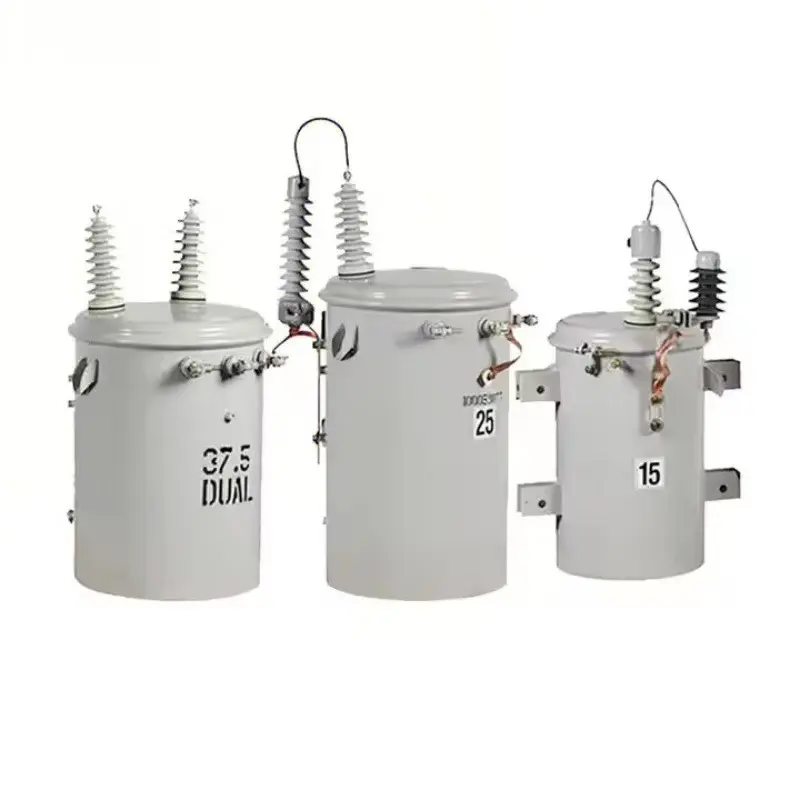distribution transformer voltage
Distribution transformer voltage plays a crucial role in electrical power distribution systems, serving as a vital link between high-voltage transmission networks and end-users. These transformers are designed to step down higher voltage levels to lower, more usable voltages suitable for residential, commercial, and light industrial applications. Operating typically in the range of 4.16 kV to 34.5 kV on the primary side and delivering voltages of 120/240V on the secondary side, these transformers ensure safe and efficient power delivery. The technology incorporates advanced features such as tap changers for voltage regulation, thermal protection systems, and efficient cooling mechanisms. Modern distribution transformers are equipped with smart monitoring capabilities, allowing real-time tracking of performance parameters and predictive maintenance scheduling. These units are engineered with high-grade silicon steel cores and copper or aluminum windings, optimized for minimal energy losses and maximum efficiency. The design considers various environmental factors, including temperature fluctuations, humidity, and atmospheric conditions, ensuring reliable operation across diverse settings. Distribution transformers also feature robust insulation systems, typically using mineral oil or environmentally friendly alternatives, which provide both cooling and dielectric strength.


